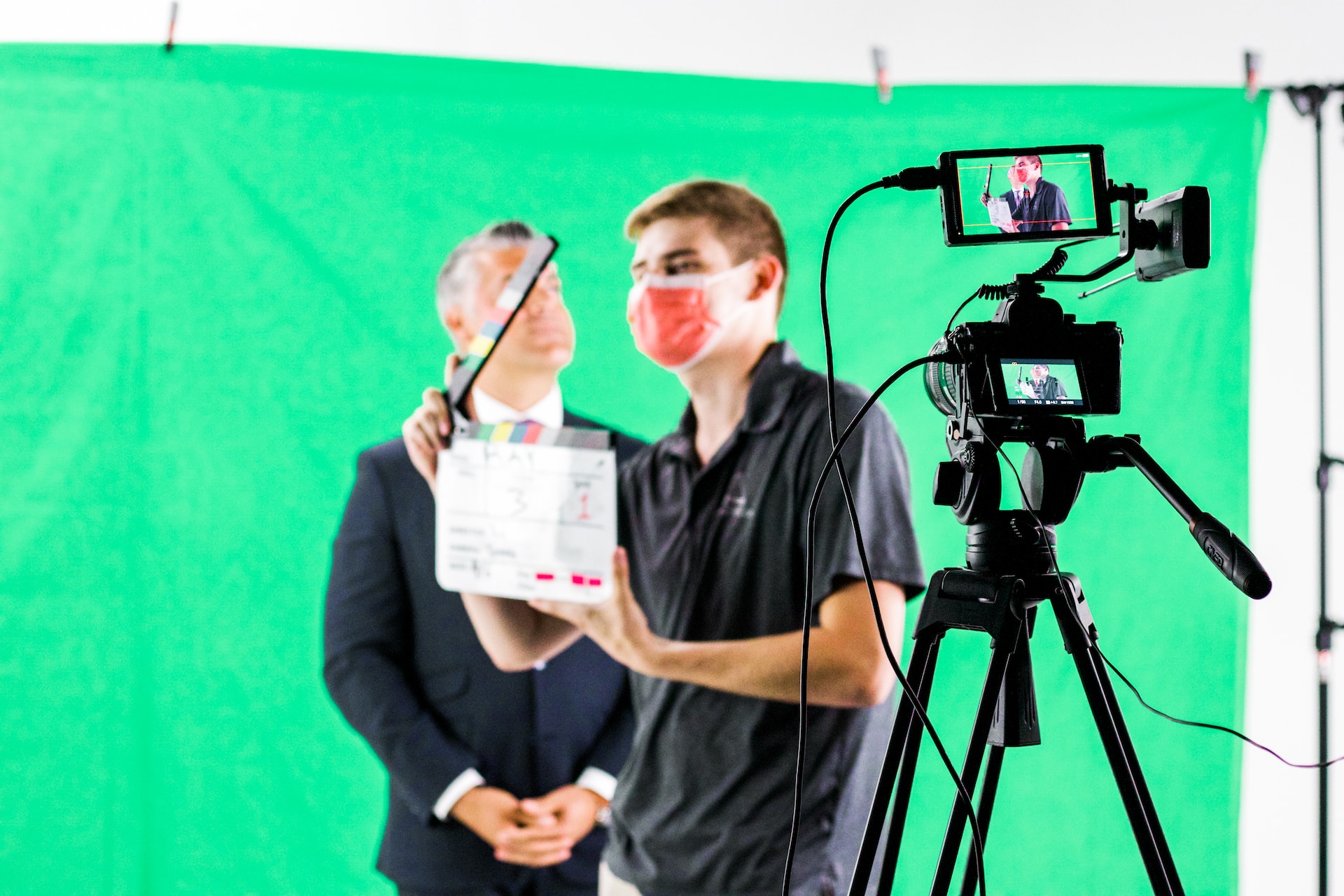The film industry has never failed being at the forefront of huge technological advancements. From the rise of advanced motion pictures to that innovation in digital filmmaking that finally has the rights for plays, technology has continually pushed the boundaries and transformed how we experience cinema. In recent years, game-changing tech innovations have emerged that are reshaping the landscape even further. These cutting-edge developments are revolutionizing everything from video editing to visual effects, giving filmmakers unprecedented creative possibilities. In today’s post, let’s delve deeper into these groundbreaking technologies that are propelling the film industry into a new era.
Algorithmic Video Editing
 Thanks to algorithmic video editing, filmmakers can now streamline their workflow and bring their visions to life with greater efficiency. This innovative technology utilizes powerful algorithms that automatically analyze footage and make intelligent editing decisions based on predefined parameters. By automating certain aspects of the editing process, algorithmic video editing saves filmmakers precious time that can be better spent on other creative tasks. Not only does algorithmic video editing speed up the post-production phase, but it also enhances collaboration between editors and directors.
Thanks to algorithmic video editing, filmmakers can now streamline their workflow and bring their visions to life with greater efficiency. This innovative technology utilizes powerful algorithms that automatically analyze footage and make intelligent editing decisions based on predefined parameters. By automating certain aspects of the editing process, algorithmic video editing saves filmmakers precious time that can be better spent on other creative tasks. Not only does algorithmic video editing speed up the post-production phase, but it also enhances collaboration between editors and directors.
3D Previsualization
With 3D Previsualization, directors can now visualize their ideas in three-dimensional space before even stepping onto a set. Using specialized software, filmmakers can create virtual environments and characters, allowing them to experiment with camera angles, lighting effects, and even character movements. This technology not only saves time but also helps streamline the production process by providing a clear roadmap for every scene. Additionally, 3D Previsualization allows for better collaboration among different departments involved in filmmaking. From cinematographers to visual effects artists, everyone can contribute their expertise during this planning stage, resulting in a more cohesive final product. Moreover, this technology is not limited to just live-action films; it has also been widely embraced by animation studios.

Volume Technology
This revolutionary technology allows filmmakers to create immersive virtual environments with incredible ease and precision. One of the main advantages of Volume Technology is its ability to replace traditional green screens. Instead of filming actors in front of a blank screen and adding digital backgrounds later, Volume Technology enables filmmakers to capture live-action performances within fully rendered virtual sets in real time. Another exciting aspect of Volume Technology is its potential for enhancing visual effects. With this technology, filmmakers can seamlessly integrate computer-generated elements into live-action scenes, creating stunning visuals that were previously only possible through post-production editing.
Real-Time Rendering
 The best thing about real-time rendering is its ability to provide instant feedback on lighting, textures, and camera angles. This means that directors and cinematographers can make adjustments on the fly, saving precious time and resources. No longer do they have to wait for hours or even days for a render to complete before seeing how their shots will look. Additionally, this innovation allows for greater collaboration between different departments involved in filmmaking. The director can work closely with the VFX team to iterate on visual effects sequences while also incorporating feedback from other stakeholders such as producers and editors.
The best thing about real-time rendering is its ability to provide instant feedback on lighting, textures, and camera angles. This means that directors and cinematographers can make adjustments on the fly, saving precious time and resources. No longer do they have to wait for hours or even days for a render to complete before seeing how their shots will look. Additionally, this innovation allows for greater collaboration between different departments involved in filmmaking. The director can work closely with the VFX team to iterate on visual effects sequences while also incorporating feedback from other stakeholders such as producers and editors.
The film industry is constantly evolving, and technology plays a crucial role in driving its transformation. The game-changing tech innovations discussed in this article are reshaping the way films are made, enhancing creativity, efficiency, and overall production value.

